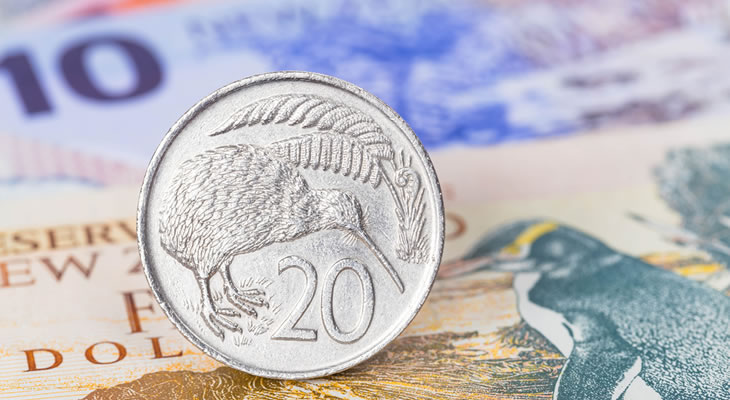GBP/NZD Exchange Rate Soars as RBNZ Slashes Rates
The Pound New Zealand Dollar (GBP/NZD) exchange rate is flying high this morning as markets react to a larger-than-expected rate cut from the Reserve Bank of New Zealand (RBNZ).
At the time of writing the GBP/NZD exchange rate has rocketed up by a whopping 2% this morning propelling the pairing to a one-month high of NZ$1.9060.
Could the RBNZ Pursue Negative Interest Rates?
The New Zealand Dollar (NZD) is in the doldrums this morning, with the currency facing heavy selling pressure following the RBNZ’s latest policy meeting.
This saw the RBNZ shock markets by slashing interest rates by 50 basis points this month against expectations of a more modest drop of 25 basis points and resulting in domestic interest rates striking a new record low.
The RBNZ’s aggressive rate cut was particularly surprising in the wake of New Zealand’s latest labour report which saw domestic unemployment fall to an eleven-year low in the second quarter.
However the NZD sell-off then intensified following a press conference with Adrian Orr, in which the RBNZ governor suggested that the aggressive cut this month does not rule out further action from the bank.
In keeping the doors open for further rate cuts, Orr also discussed the possibility of the RBNZ pursuing negative interest rates if economic conditions continue to deteriorate.
Orr said:
‘It remains within the remit of monetary policy to do whatever it takes to meet our mandate with our tool set.
‘It is easily within the realms of possibility that we might have to do negative interest rates.’
Analysts forecast that the next move is likely to take place in November, with the RBNZ expected to follow up with a 25 basis point cut.
Potential Contraction in UK GDP to Weaken the Pound (GBP)?
Looking ahead to the latter half of this week’s session, we are likely to see the Pound (GBP) back in focus with the publication of the UK’s latest GDP figures.
This is likely to result in the GBP/NZD exchange rate relinquishing some ground as economists’ best case scenario is that UK economic growth stagnated in the second quarter, with many forecasting that a contraction in growth appears likely.
These will be accompanied by the UK’s latest business investment figures, which will likely place additional pressure on Sterling, if investment slumped in Q2 in line with expectations.


Comments are closed.